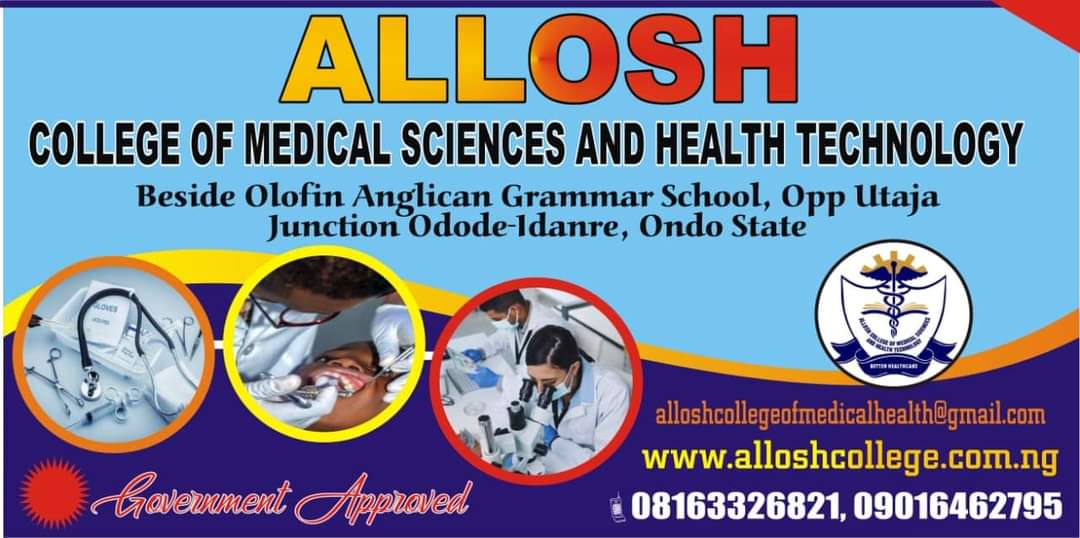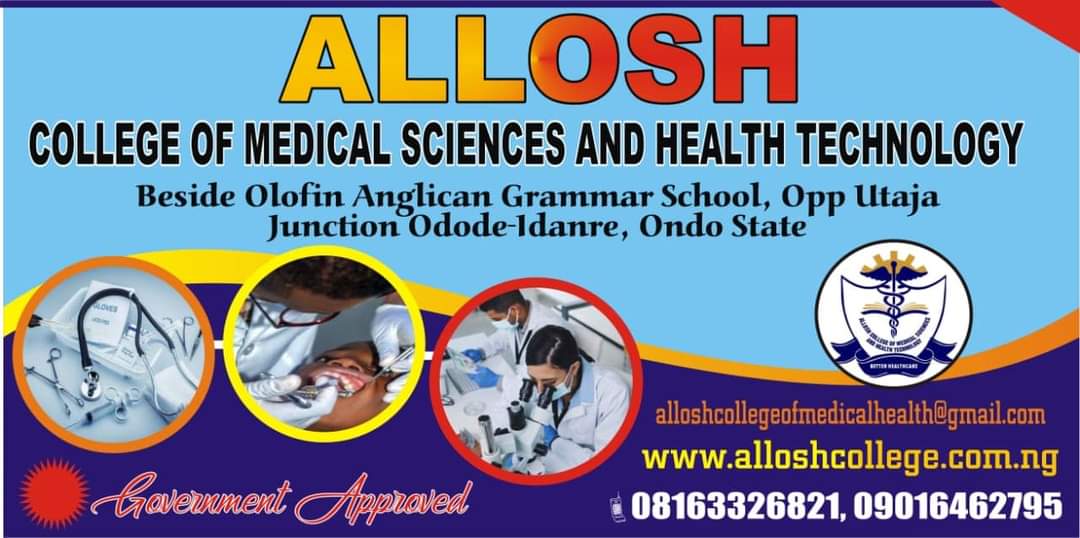FG introduces AI, design thinking, robotics in smart schools
Clement Idoko
The Federal Government of Nigeria has introduced Design Thinking, Coding, Robotics, and Artificial Intelligence (DTCRA), in the newly established smart schools across the country.
Executive Secretary of the Universal Basic Education Commission (UBEC), Dr Hamid Bobboyi, who made this known disclosed that government is determined to equip learners in smart schools with necessary skills needed to support technological development of Nigeria.
He stated this in his opening remarks at a workshop on “Integrating Design Thinking, Coding, Robotics and Artificial Intelligence (DTCRA) into the Smart Schools Programme” which was held at the Digital Resource Centre (DRC) of the Universal Basic Education Commission (UBEC).
He explained that the introduction of the programmes in classroom would equip the students with the right skills necessary to inspire critical thinking, creativity, innovation, and nurturing problem solvers amongst young learners.
He added that the vision of UBEC to integrate DTCRA in smart schools would help the country nurture globally competitive learners.
In his remarks, the National Coordinator of the Digital Resource Centre (DRC), Prof. Bashir Galadanci said the workshop had brought together seasoned experts drawn from academia, private sector, and the Commission to brainstorm on the best ways of integrating the necessary skills in Design Thinking, Coding, Robotics and Artificial Intelligence (DTCRA) into smart schools.
UBEC spokesperson, Mr David Apeh in statement on Sunday in Abuja, recalled that the Commission had recently established 37 smart schools across the country.
He noted that smart education was an ambitious programme introduced within the basic education subsector with one smart school in each state of the Federation as well as the Federal Capital Territory.
“Fourteen (14) of these schools have taken off in different parts of the country with learners in these schools being exposed to modern blended methods of teaching and learning, and the use of state-of-the-art technologies in improving learning outcomes,” he stated.













